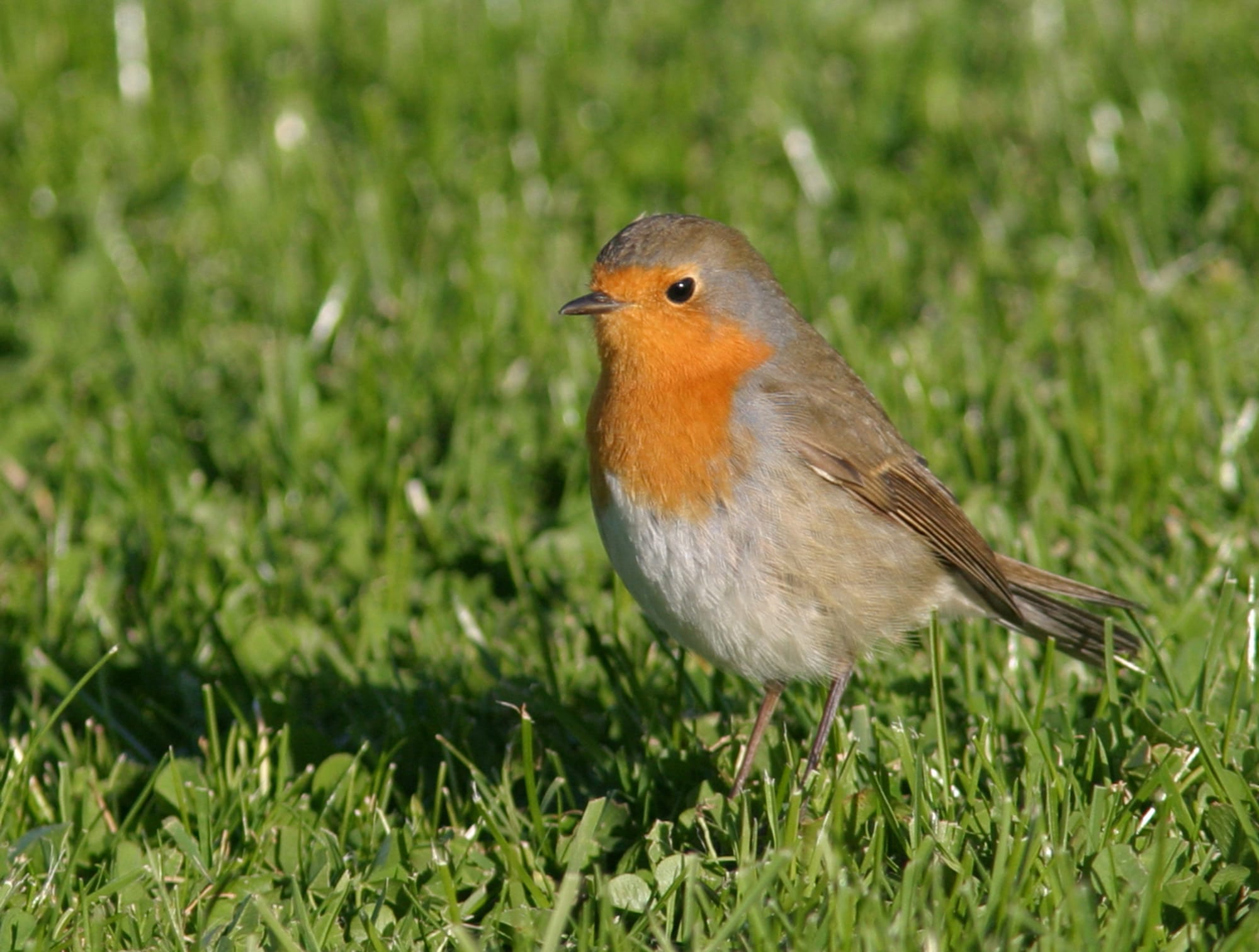For decades, scientists have known that migratory birds rely on the Earth’s magnetic field as one way to help orient themselves and fly the right direction.
But researchers in Germany have documented for the first time that the electromagnetic “noise” produced by modern societies could cause those avian navigation systems to go haywire, according to findings published in the journal Nature.
“Basically, anything you plug into a plug will send out electromagnetic noise at some frequency,” said of the paper’s co-authors, Henrik Mouritsen, a professor of neurosensory sciences at University of Oldenburg in Germany. He likened the overall effect in urban environments to an orchestra of potential disruptions at various wavelengths.What might that mean for the migratory birds trying to maneuver through this busy electromagnetic landscape?
The good news is that they possess other navigation systems, such as relying on the sun and the stars, Mouritsen said. But an overcast day in an urban area teeming with electromagnetic noise could, at least theoretically, cause problems.
“If it doesn’t have any compass available, it might not migrate at all … or it might fly in a random direction,” he said. “We don’t really know.”
Mouritsen and his colleagues stumbled upon the findings by chance, and the conclusions were seven years in the making.
Years ago, they were trying to conduct a basic, often-repeated experiment in which European robins are placed in an enclosed, funnel-shaped container lined with scratch-sensitive paper during the migration season. Even inside a cage, without visual cues, the birds typically orient themselves using their internal compass and scratch in the appropriate direction of migration.
But again and again, the birds in Oldenburg couldn’t seem to orient themselves, Mouritsen said. Only when researchers covered the small wooden huts with metal screening and connected it to a grounding wire, blocking man-made electromagnetic noise, did the birds go in the right direction again.
“It’s significant, because we found a very clear, repeatable effect of electromagnetic noise made by electrical equipment that prevents a bird, in this case a European robin, from using its magnetic compass,” Mouritsen said.
He said relatively minor levels of electromagnetic activity, with an intensity 1,000 times below limits laid out by the World Health Organization, appeared to be enough to disrupt the birds. The interference that switched off the birds’ internal compass didn’t appear to come from cellphone signals or power lines, as their frequencies were either too low or too high. Rather, signals in the range of AM radio stations or fields generated by other electronic equipment are more likely to blame, though researchers have not pinpointed the precise cause.”
The levels of radio-frequency radiation that affected the bird’s orientation are substantially below anything previously thought to be biophysically plausible, and far below levels recognized as affecting human health,” Joseph Kirschvink, a professor at the California Institute of Technology, wrote in an essay accompanying the study in Nature.
The researchers also cautioned that the effect could be an intensely localized one. Those birds that couldn’t orient themselves in Oldenburg? When researchers took them outside the town limits to a more rural area, they easily found their bearings.
Roswitha Wiltschko, a longtime bird navigation researcher at the University of Frankfurt, said the study seemed very well done but left unanswered important questions about the precise source of the disruptions. She said during decades in which she and her husband had studied the same type of migratory birds in Frankfurt — a much larger city than Oldenburg, population 160,000 — she had never seen evidence of “electric smog” interfering with the birds’ internal navigation.
“We never used any shielding, and our birds were well-oriented in the field,” Wiltschko said. “Without knowing the origin of these magnetic fields, it’s hard to know what it means … In order to assess this, we have to know more about where they come from … It’s really mysterious.”
It also begs the question of whether there are actions that humans could take to avoid the potential of causing trouble for migratory birds. Mouritsen said it would be “completely unrealistic” to expect civilization to unplug everything, everywhere, but small steps could help. For instance, perhaps we should refrain from placing strong AM radio emitters along routes where huge concentrations of birds migrate.



